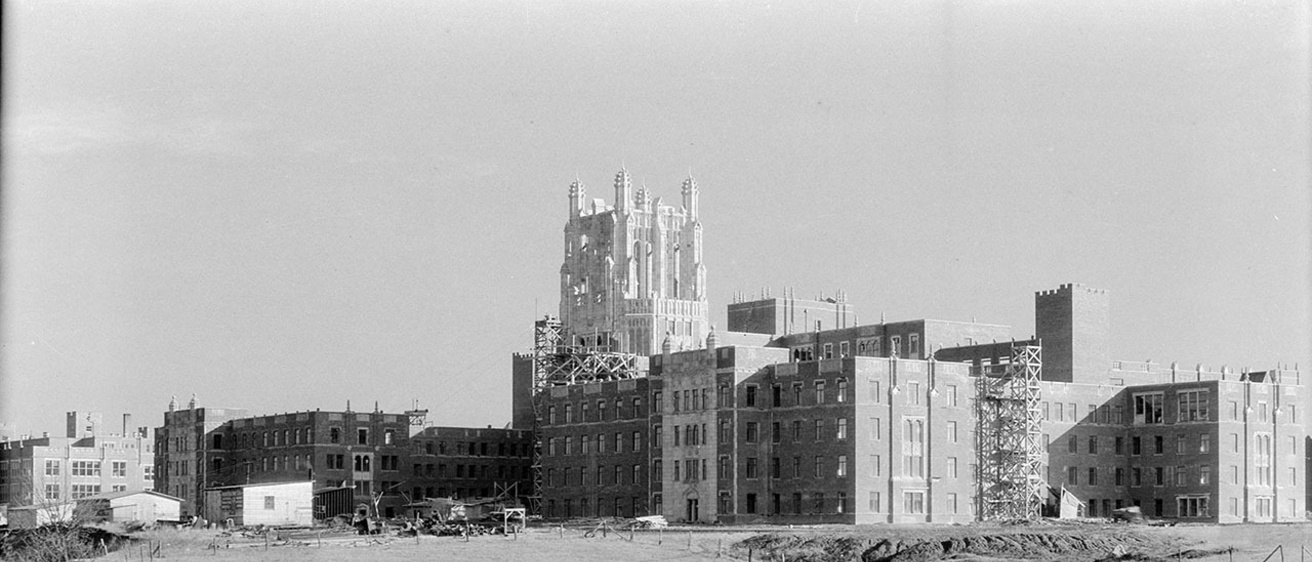Main navigation
In 1925 Dr. Cecil Starling O'Brien was hired as the first department head of the brand new University of Iowa Ophthalmology Department. Over the course of 2025, we'll take a look back at each decade of the last century. But we'll start with the time leading up to Dr. O'Brien's hiring...
The First Head of the Ophthalmology Department: Dr. C.S. O'Brien's Path to Iowa City

Dr. Cecil Starling O'Brien grew up and graduated from high school, college (Central Normal College) and medical school (Indiana University) in the state of Indiana. The academic path Dr. O'Brien took wasn't entirely new to him. His father, William O'Brien, was a doctor who started a medical practice in Danville, Indiana. In 1912, as the eye, ear, nose and throat department in Iowa City continued to grow, the elder O'Brien sold his general medical practice in Danville and began post-graduate studies focused on eye, ear, nose and throat. For three years he studied under some of the world's top experts in New York and London. When he returned to Indiana in 1915, he opened a new medical practice with a focus on the eye. This is the world Cecil S. O'Brien entered as he left medical school.
The younger O'Brien followed in his father's footsteps by getting his medical degree. But his path to becoming the first head of the ophthalmology department at the University of Iowa required some more experience that he couldn't have foresaw. After completing his medical internship at Deaconess Hospital in Indianapolis, Indiana, Dr. Cecil O'Brien joined the military from 1914 to 1920. As part of his military duty in the Navy, Dr. O'Brien spent two and a half years working at various hospitals in China, along the Yangtze River. This time would begin O'Brien's life long appreciation of the people of this region. O'Brien's military service continued to develop him as a physician. His field experience with neurosurgery built his interest in neurology and between 1927 and 1929 he popularized the O'Brien facial never anesthesia block, better known as an "O'Brien Anesthesia."

It was during a stint serving in the eye clinic at the League Island Hospital in Philadelphia from 1919-1920 that O'Brien decided to pursue a career in ophthalmology. After leaving the Navy, O'Brien enrolled in the Postgraduate School of Medicine at the University of Pennsylvania where he completed two four-month long courses in ophthalmology, before completing a 18-month residency at Wills Eye Hospital in Philadelphia. In 1922 O'Brien was certified ay the American Board for Ophthalmic Examinations and spent two years practicing ophthalmology in Toledo, Ohio.
By the end of 1924, O'Brien had married Mary Gray and they had a daughter named Patricia. O'Brien was becoming a much sought-after ophthalmologist and nearly accepted an appointment at Tulane University in New Orleans to work with Dr. Marcus Feingold. He instead moved his young family back to his home state of Indiana where he opened a private practice in Indianapolis and was appointed clinical assistant in ophthalmology at Indiana University.
During O'Brien's time in the Navy until he arrived in Iowa City in 1925, there were major changes taking place at the State University of Iowa Medical College. New departments within the medical college we create, there was talk of building a new hospital and medical college on the west bank of the Iowa River, and ophthalmology was on it's way to becoming it's own department, which would report to the dean, as opposed to the head of surgery.
A Timeline Leading Up to 1925
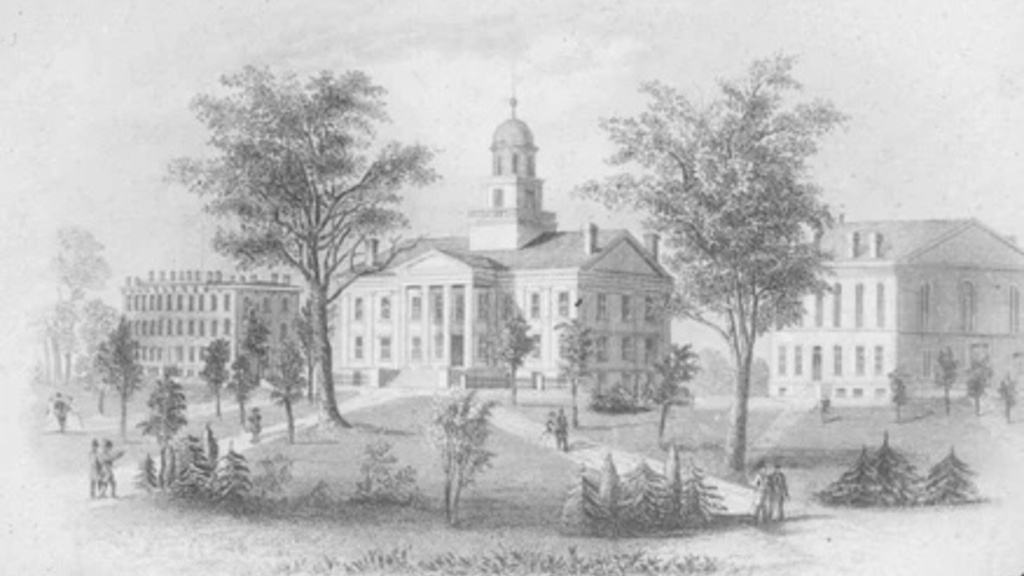
1870 - Medical College Opens in Iowa City
1870Medical College opens in Iowa City holds first classes. The Medical College's first class was made up of just 37 students—and with eight of those students being women, Iowa becomes one of the first co-educational medical schools in the nation. But that's not the only ground the medical school broke when it opened—a combined obstetrics and gynecology department is the first of its kind in the country and is one of the five original academic units of the Medical College.
1871 - Lectureship in Ophthalmology and Otology is Established
1871Within a year of the Medical College's inception, a lectureship in ophthalmology and otology is established and E. F. Hagen, MD is hired as the first lecturer.
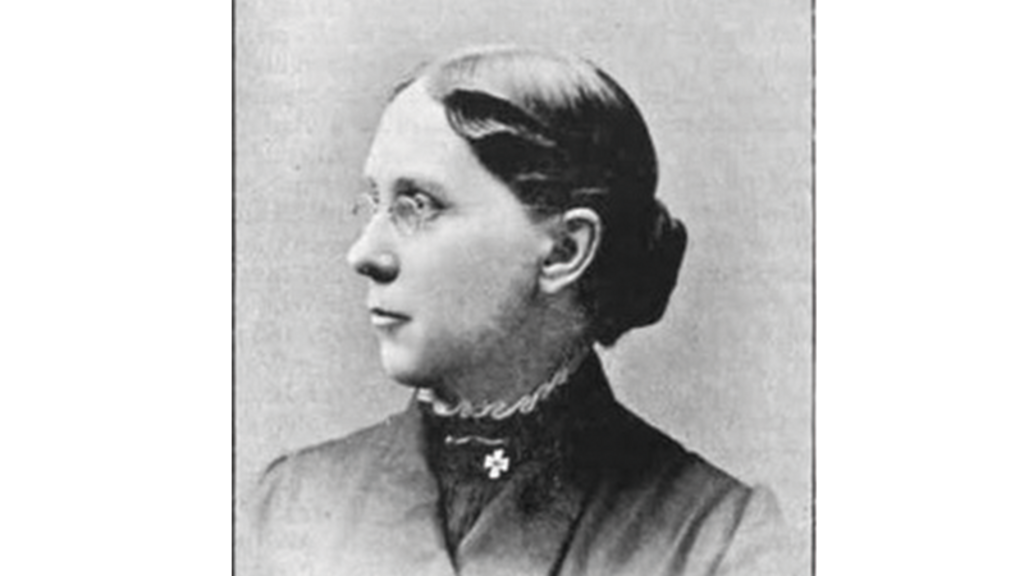
1876 - Association of American Medical Colleges membership and first female medical college graduate
1876After less than a decade of existence, the University of Iowa Medical College becomes one of the founding members of the Association of American Medical Colleges.
This same year Jennie McCowen, MD (pictured) graduates with honor from the UI Medical College. She would go on to work in private practice in Davenport, Iowa and established the Iowa State Society of Medical Women.
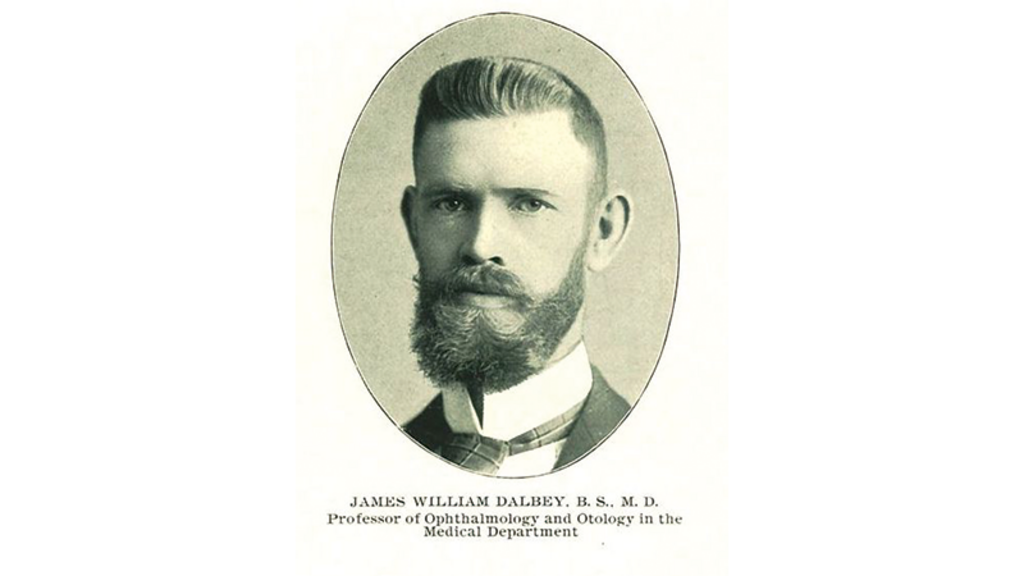
1893 - First "eye, ear, nose and throat" division head hired
1893The first recorded "ophthalmology" division head at the new medical college was James W. Dalbey, MD. Dalbey was trained as eye, ear, nose and throat specialist and worked within the eye, ear, nose and throat department.
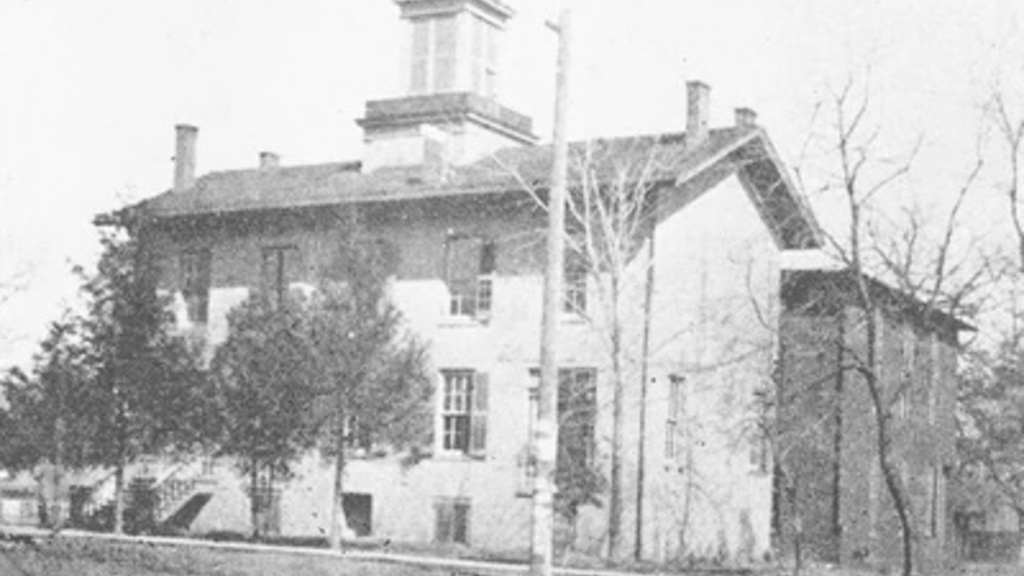
1898 - First university teaching hospital west of the Mississippi opens in Iowa City
1898The first university teaching hospital west of the Mississippi opens in Iowa City as part compliment to the UI Medical College. This building included 50 beds and cost $55,000 to build.
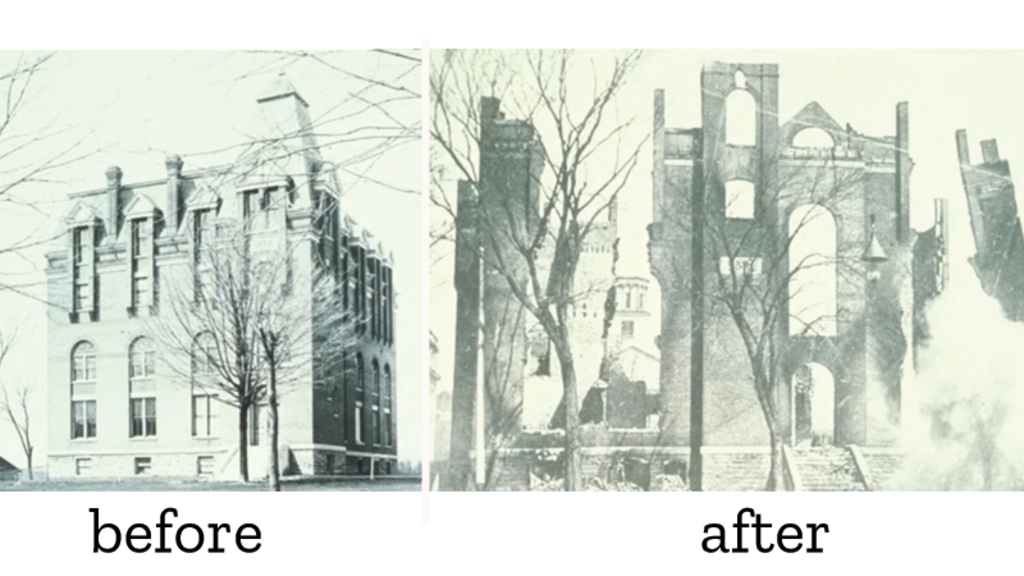
1901 - Medical Building Burns Down
1901The Medical Building, built in 1883, was decimated by a fire on March 10, 1901.
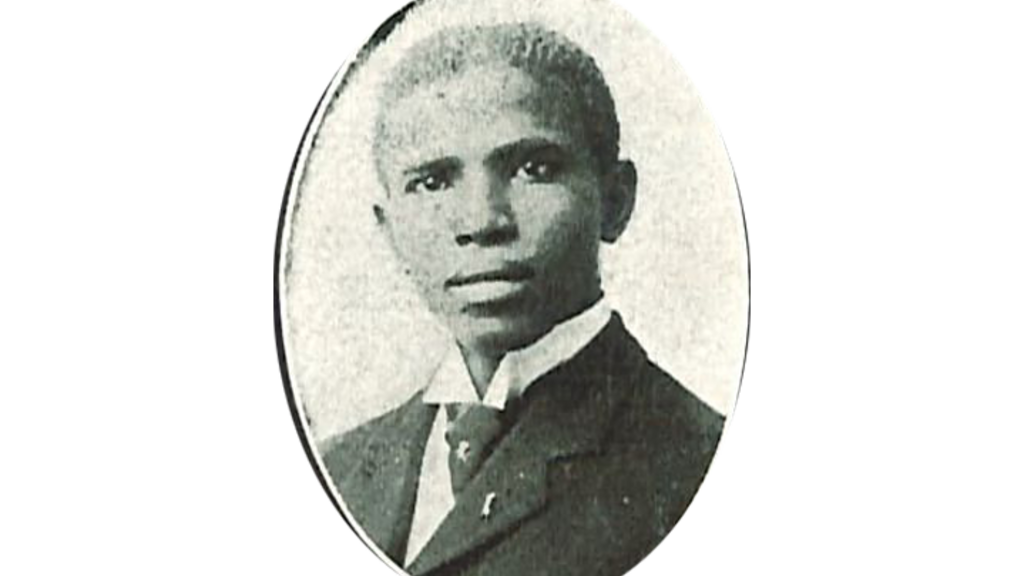
1907 - First Black graduate of the UI College of Medicine
1907Edward A. Carter, MD (pictured) becomes the first Black graduate of the UI College of Medicine. He would go on to practice medicine in south-central Iowa in a coal-mining community named Buxton.
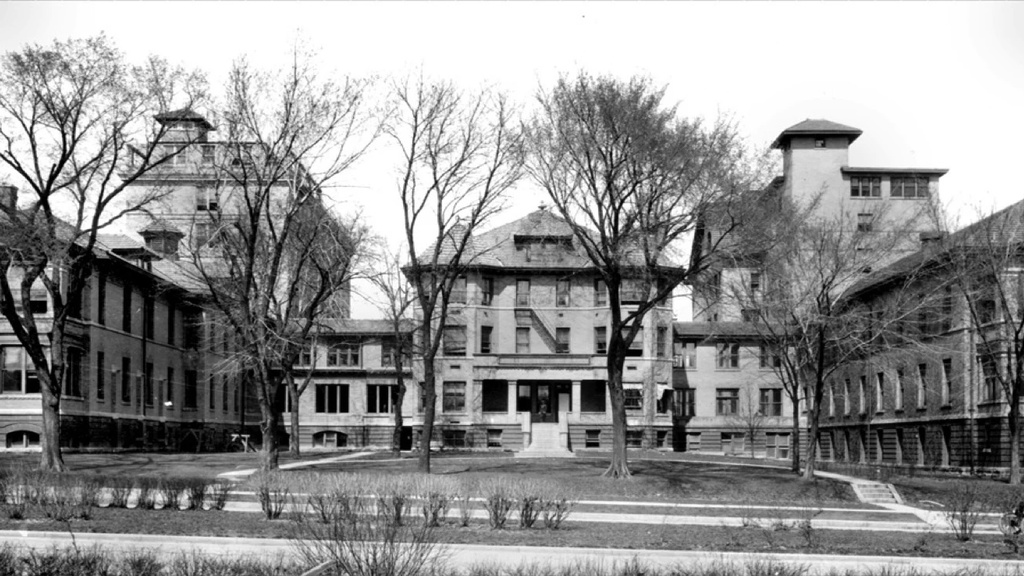
1910 - Eye and Ear clinic finds a new home
1910The "east wing" of the medical college (now Seashore Hall) was completed and became the new home of the ear and eye clinic.
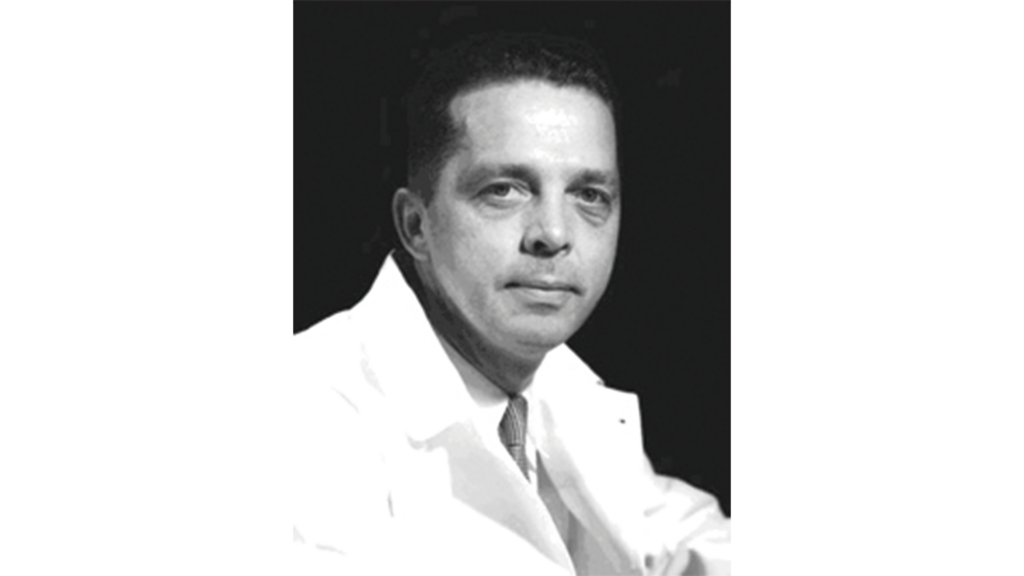
1925 - Department of Ophthalmology is established
1925Under the direction of College of Medicine Dean L.W. Dean, MD, the Department of Ophthalmology and Department of Otolaryngology are established as independent academic units. Prior to their establishment, ophthalmology and otolaryngology functioned under the rubric of the eye, ear, nose, and throat service, which included head and neck surgery. Under the new administrative structure, Cecil S. O’Brien, MD, is hired as head of the Department of Ophthalmology.

1925 - Construction begins on new hospital
1925After the decision to build a new hospital in the "far western suburbs" UI received money from the Rockefeller philanthropic arm and the state of Iowa matches the Rockefeller money. After securing the funding, construction begins on the new hospital.
